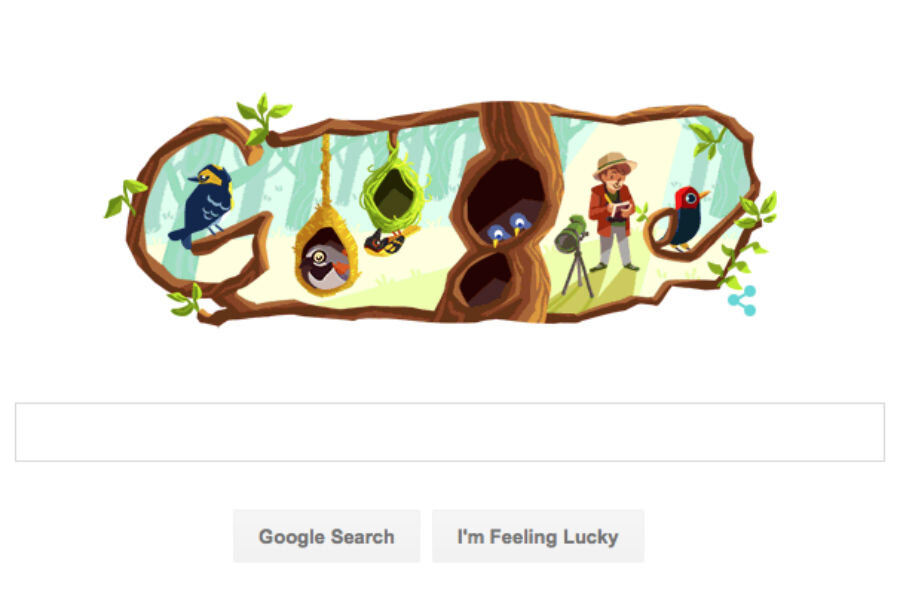Google honors Phoebe Snetsinger, who risked her life to see over 8,000 birds
Loading...
Today's Google Doodle celebrates what would be 85th birthday of Phoebe Snetsinger, the woman who risked life and limb for her "extreme birding" career.
The Doodle itself depicts a serene birdwatching scene featuring five birds that were significant to Ms. Snetsinger: the blackburnian warbler, the village weaverbird, the eastern bluebird, the red-capped manakin, and the red-shouldered vanga, the last bird she ever documented.
But Snetsinger didn't break the record for most birds seen – 8,398 in total, to be exact – just by standing in a peaceful forest with binoculars. Her birding adventures, which took her all around the world, were often quite dangerous.
While traveling overseas, she suffered multiple injuries. During one particularly harrowing trip to Papua New Guinea, Snetsinger was kidnapped and raped by five machete-wielding men in an isolated lagoon. Despite these dangers, Snetsinger continued to relentlessly pursue her passion, finishing one trip with a broken, unset wrist and even returning to the site of the rape the following year.
Born in 1931, the daughter of advertising mogul Leo Burnett, Snetsinger spent much of her adult life as a housewife after earning a master's degree in German literature.
Snetsinger's interest in birds was first piqued in 1965, when she spotted a blackburnian warbler. But her extreme long-distance birding adventures didn't begin until 1981, when at age 50 she was diagnosed with cancer and was told she had less than a year to live. Rather than undergo therapy, she took a bird-watching trip to Alaska.
''She came back and felt good,'' her husband, David Snetsinger, told the New York Times. ''Things just started snowballing from there.''
Over the next 18 years, Snetsinger dedicated much of her time to the pursuit of far-off birds, even forgoing her mother's funeral and daughter's wedding because they conflicted with her birding travels. Her destinations included Rwanda, Colombia, and Kenya, where she saw 500 birds in three weeks.
In 1995, Snetsinger became the first person to list 8,000 bird species. By 1999, when she was killed in a van crash in Madagascar while on a birding quest, she had listed 8,398 of the world's 9,700 species. That record has been broken since, but Snetsinger remains one of the greatest birders in the world.
"Birding is the best and most exciting pursuit in the world, a glorified never-ending one,'' wrote Snetsinger in an article for Birding magazine months before her death in 1999. ''And the whole experience of a foreign trip, whether you see 10 new birds or 500, is simply too good to miss.''








